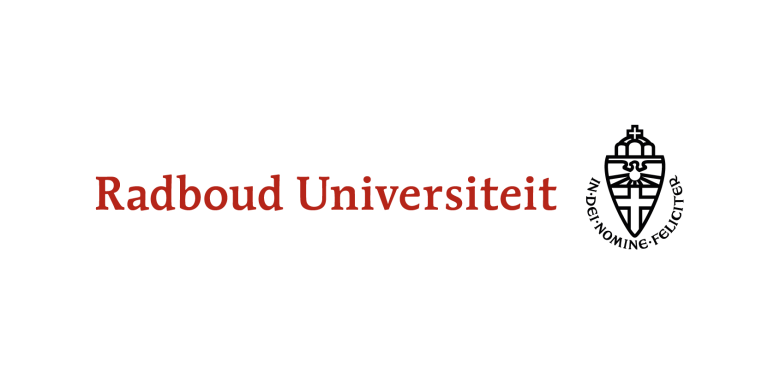The orgin of the Irish problems date back to the 12th century: King William the conqueror conquers Ireland: it becomes a colony of England. The Irish don’t make a point of it, they just accept it.
The real troubles start in the 16th century with Henry VIII. The Catholic church doesn’t approve the fact he wants to divorce his wife, so he establishes a new religion: the Anglican church. The British don’t accept the change of religion: they start a revolution against Henry VIII and his protestants. The fighting reaches a climax with “the battle of Bayne”: William of Grange defeats the Catholics in this decisive battle.
The plantation of Ulster takes place in the 18th century: Scottish people settle in Ulster, most of them on the coast, the place where they first arrive. They bring their religion with them. The Catholic Irish are driven to the south of Ireland.
In the 19th century, the 2 nations start to developping. Ulster, the north of Ireland, is, because of the arrival of the Scottish, industrialized and very prosporous. Their religion is the Protestantism. In the south of Ireland, agriculture is the most important activity, so the civilians are rather poor. Their religion is the Catholicism.
In “The Great Famine” (1845-1849), people in the south of Ireland have a lack of food, because there are no potatoes. A great emigration takes place: a lot of families move to America (families like Clinton and Kennedy have their roots in Ireland). The Irish still blame the Scottish for their poverty.
In 1921, the British organize a poll. Most of the Catholics vote to be independent. This leads to “the partition of Ireland”. The South of Ireland becomes a free state, “The Republic of Ireland”, a member of the European Union. It stays a very catholic state. On the other hand, 12 countries want to be united with GB, “Ulster or Northern Ireland”. The Republic of Ireland is independent, so the problems are limited to Ulster. The majority of the population is Protestant, but the few Catholics feel oppressed and discriminated. The extremists do not accept the result of the poll and they start a revolution.
1968 is a violent period: a time of protest marches and demonstrations. The Catholics in Ulster fight and kill for more civil right. A lot of movements grow (e.g. The Civil Right Movement). To restore the peace, the British army is send to Ulster: they have to keep the two parties separated. First the Catholics don’t mind. But after a while they start to blaim the British troops for being partial, they’re taking sides with the Protestants.
In 1972, twelve unarmed civilians are killed by the British army. It’s called “Bloody Sunday”. After this event, several attempts are made to restore the peace. The latest one is “The Good Friday Agreement”. The main idea is that Catholics and Protestants have to rule the country together. The results are rather poor: The Catholics first want to know which power they’ll get when they’ll work together, before they agree with the Protestants.






REACTIES
1 seconde geleden